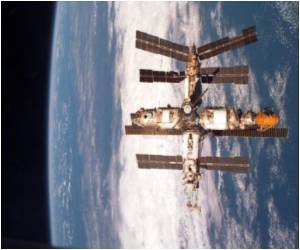British researchers studying the ‘Eye of Sauron’ galaxy reveal that they have found a new way of measuring distances to other galaxies.

The research from the University of Southampton was used to identify the accurate distance of the nearby NGC4151 galaxy, which is dubbed the "Eye of Sauron" by astronomers for its similarity to the film depiction of the eye of the character in 'The Lord of the Rings,' that wasn't previously available.
The galaxy NGC4151 is important for accurately measuring black hole masses.
Recently reported distances range from 4 to 29 megaparsecs, but using this new method the researchers calculated the distance of 19 megaparsecs to the supermassive black hole.
Researcher Sebastian Hoenig said that one of the key findings is that the distance determined in this new fashion is quite precise with only about 10 per cent uncertainty and if the current result for NGC 4151 holds for other objects, it can potentially beat any other current methods to reach the same precision to determine distances for remote galaxies directly based on simple geometrical principles.
Hoenig added that moreover, it can be readily used on many more sources than the current most precise method and such distances are key in pinning down the cosmological parameters that characterise the universe or for accurately measuring black hole masses.
Source-ANI
 MEDINDIA
MEDINDIA



 Email
Email




